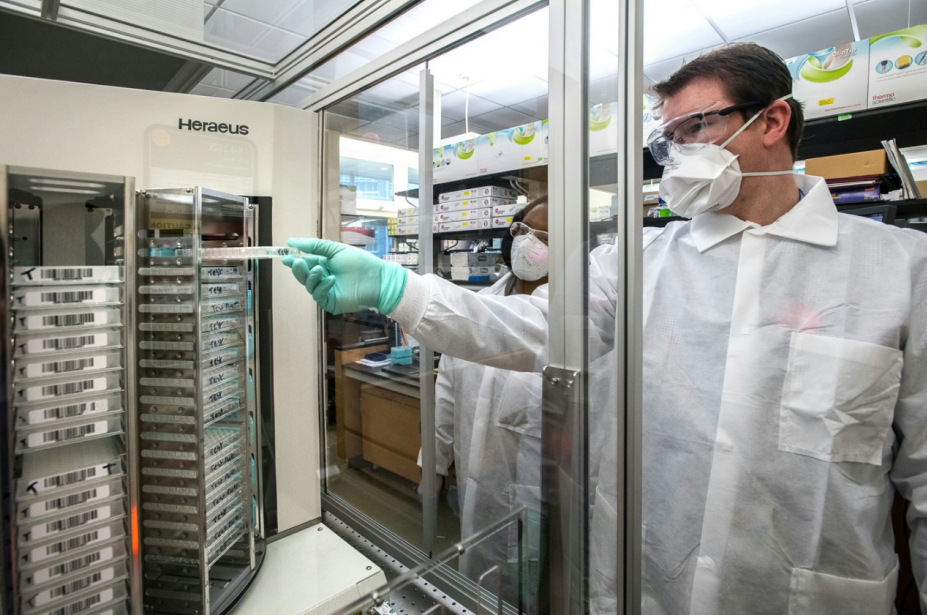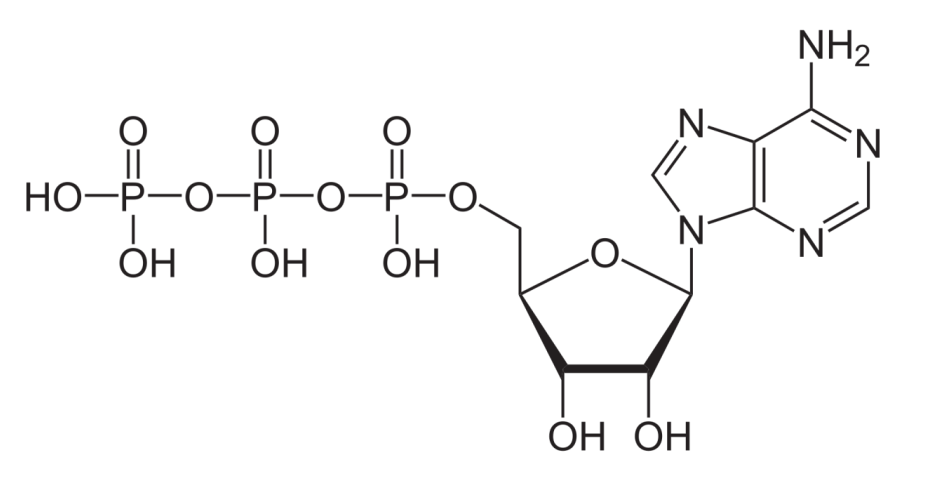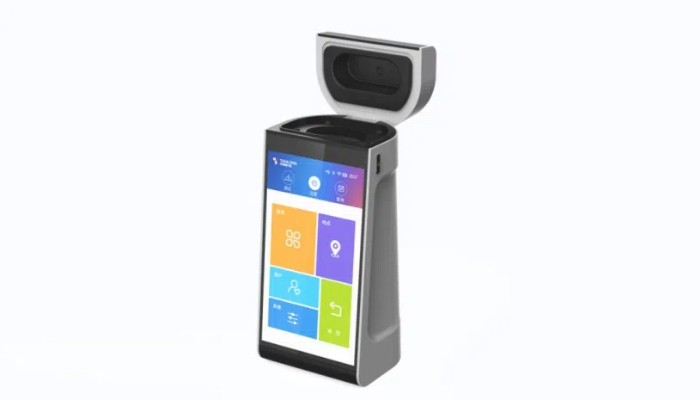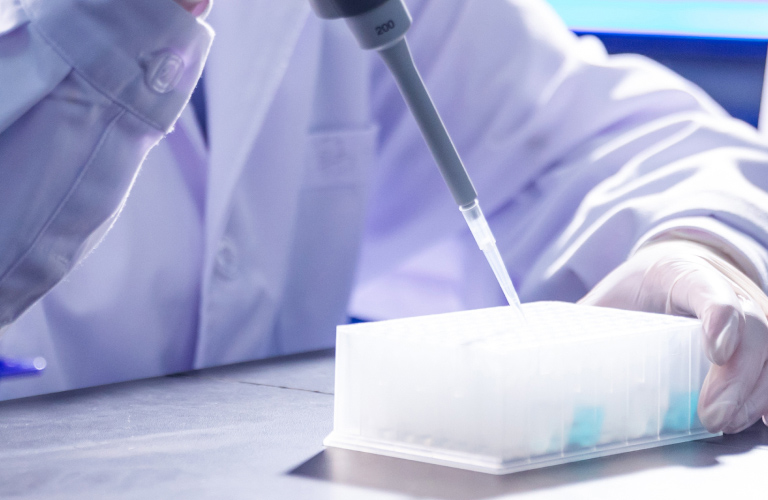Ensuring food safety should be the utmost priority of every food industry professional. A single lapse in hygiene can lead to significant health issues. According to a report by WHO, almost 420,000 people die every year by eating contaminated food[1].
ATP Labs guarantee new cleanliness standards by testing germs and organic residues on surfaces. In a food safety lab, ATP testing gadgets are used as critical markers for unhygienic surfaces.
Below, we have shared how ATP monitoring devices have revolutionized cleanliness standards in food safety labs.

ATP, Explained
ATP (Adenosine Triphosphate) is an organic molecule in the cell membranes of living organisms. Often termed the "energy source" of cells, it is a nucleotide helping the human body in various functions. Mostly, it is used during muscle contraction, nerve impulse propagation, and chemical synthesis. An enzyme ATP synthase produces ATP in cells[2].
The Adenosine Triphosphate test is used for preventing viral infections in the healthcare and food sectors. Since ATP is found in every living organism, its presence indicates if there is any biological material present on a surface. In a food safety lab, it is being tested using a detector called a Luminometer.

Public domain image from: https://en.wikipedia.org/wiki/Adenosine_triphosphate
Pathogenic Bacteria Rendering Food Safety
The main reason for spoiled or unhygienic food is the presence of pathogens in it. As time passes, bacteria, fungi, and other microorganisms multiply on the surface of food, making it unsafe for consumption.
Due to certain environmental conditions, pH, and temperature levels, these pathogens continue to grow. For instance, bacteria grow in huge numbers at 37 °C, which is the room temperature in many regions. That’s why it is the first microbe to be grown on food.
Here are some of the most common foodborne pathogens:
1. Salmonella
Potential Period: Patients get symptoms within 8 to 72 hours after exposure[3].
Potential Risks: Salmonella causes salmonellosis or salmonella infection, leading to upset stomach, diarrhea, fever, and pain.
Infectious Dose: 103 bacilli (non-typhoidal) and 105 bacilli (enteric)[4].
2. Listeria Monocytogenes
Potential Period: Symptoms appear after a few hours, or it may take 2-3 days.
Potential Risks: Causes listeriosis, leading to muscle aches, nausea, stiffness in the neck, headaches, and stomach pain.
Infectious Dose: 10 to 100 million CFU(healthy hosts), and 0.1 to 10 million CFU( individuals at high risk of infection)[5].
3. Vibrio Parahaemolyticus
Potential Period: Symptoms typically appear 6 hours to 4 days after ingestion[6].
Potential Risks: It is usually caused by eating contaminated seafood. The disease causes watery diarrhea, often with abdominal cramping, nausea, vomiting, fever, and chills.
Infectious Dose: 107 to 108 organisms[7]
4. Bacillus Cereus
Potential Period: It usually takes 1-6 hours after ingestion to show symptoms[8].
Potential Risks: Causes nausea, vomiting, abdominal cramps and diarrhea.
Infectious Dose: 104-109 cells per gram of food(diarrheal type) and105-108 cells per gram of food(emetic type) [9].
5. Clostridium Botulinum
Potential Period: Symptoms generally appear 12-36 hours after exposure.
Potential Risks: Causes botulism, a rare but serious illness that can lead to marked fatigue, weakness, and vertigo, usually followed by blurred vision, dry mouth, and difficulty in swallowing and speaking. Sometimes, it may lead to respiratory failure and paralysis.
Infectious Dose: Estimated lethal dose is 1.3-2.1 ng/kg in humans[10].
Significance of ATP Monitoring for Microorganism Detection in Food Safety Lab
ATP monitoring is the ultimate test that is used for microorganism detection in a food safety lab. It is extremely useful to ensure food safety and optimum health conditions. By detecting the presence of ATP on surfaces, food safety professionals can quickly identify areas that may be contaminated with organic matter or microbial growth. And unlike traditional microbiological testing, ATP monitoring provides real-time results, enabling rapid decision-making and proactive measures to maintain a hygienic environment.
Tianlong's Biolum Portable ATP Monitoring System Pro

Our Tianlong’s Biolum Portable ATP Monitoring System Pro is a robust tool designed for accurate hygiene monitoring in a food safety lab.
It provides rapid sanitation verification within 10 seconds of testing. You can easily use the device and can detect 10-16 mol of ATP present on a surface. With a 5-inch shatter-proof touchscreen, easy-to-use UI, and USB-C port for convenient charging, Biolum Pro has made its mark in food safety insurance.
Conclusion
Tianlong is an R&D company that introduced the Biolum Portable ATP Monitoring System, which provides rapid and accurate results. We have been accredited with certifications from the prestigious AOAC Research Institute. Choose Tialong for high-quality and efficient instruments to ensure hygiene in the food safety lab!
References
[1] Food safety. Available at: https://www.who.int/news-room/fact-sheets/detail/food-safety (Accessed: 2th, August)
[2] Respiratory Chain and ATP Synthase. Available at: https://www.sciencedirect.com/topics/neuroscience/atp-synthase (Accessed: 2th, August)
[3] Salmonella infection. Available at: https://www.mayoclinic.org/diseases-conditions/salmonella/symptoms-causes/syc-20355329 (Accessed: 2th, August)
[4] Pathogen Safety Data Sheets: Infectious Substances – Salmonella enterica spp. Available at: https://www.canada.ca/en/public-health/services/laboratory-biosafety-biosecurity/pathogen-safety-data-sheets-risk-assessment/salmonella-enterica.html (Accessed: 2th, August)
[5] Listeria monocytogenes: Infectious substances Pathogen Safety Data Sheet. Available at: https://www.canada.ca/en/public-health/services/laboratory-biosafety-biosecurity/pathogen-safety-data-sheets-risk-assessment/listeria-monocytogenes.html (Accessed: 2th, August)
[6] Vibrio parahaemolyticus. Available at: https://www.sciencedirect.com/topics/medicine-and-dentistry/vibrio-parahaemolyticus (Accessed: 2th, August)
[7] Vibrio Parahaemolyticus. Available at: https://www.ehs.com/resources/sds-resources/free-safety-data-sheet-index/vibrio-parahaemolyticus/ (Accessed: 2th, August)
[8] Preventing Foodborne Illness: Bacillus cereus. Available at: https://www.nifa.usda.gov/sites/default/files/resource/Preventing-Foodborne-Illness-Bacillus-cereus.pdf (Accessed: 2th, August)
[9] Bacillus cereus, excluding biovar anthracis: Infectious substances pathogen safety data sheet. Available at: https://www.canada.ca/en/public-health/services/laboratory-biosafety-biosecurity/pathogen-safety-data-sheets-risk-assessment/bacillus-cereus.html (Accessed: 2th, August)
[10] Clostridium botulinum. Available at: https://en.wikipedia.org/wiki/Clostridium_botulinum (Accessed: 2th, August)




